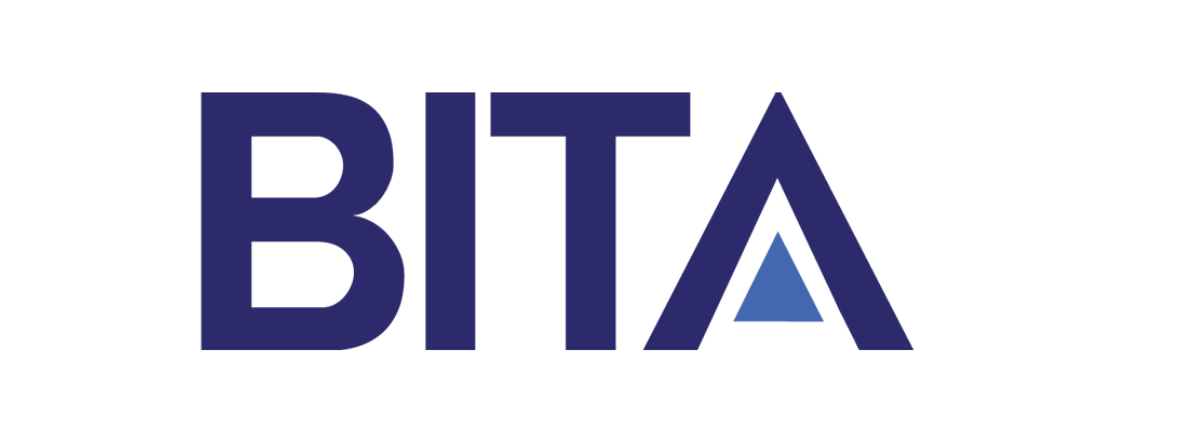For years, institutions have been able to use customised strategies, with their large pools of assets allowing them to gain access to separately managed accounts that could be tweaked to their specific and unique needs. This type of customisation, now referred to as direct or custom indexing, is quickly becoming available to smaller investors.
Similarly to how the ETF wrapper helped to democratise access to parts of the market that were previously unavailable, technological advancements that have resulted in lower commissions and the trading of fractional shares are providing access to direct indexing for a non-institutional investor base.
Victor Gomez, CEO and co-founder of BITA, an indexing provider that focuses on custom indexing solutions, outlined the main use cases for the technology.
“There are a lot of cases where the end investor needs customisation, because of tax reasons, but also [if they] want to invest given a set of values,” he explained. “You will not always be able to go out to the ETF market to find exactly the product that will allow you to do that.
“And there are many cases of investors that, for compliance reasons, need to do specific exclusions,” Gomez added. “While direct indexing might not be the ETF killer, there are specific cases where there is value for this.”
Managing single-stock exposure
A rather straightforward use case would involve excluding specific positions held within an index. For investors who do not want to or cannot invest in a specific company’s stock, this might be an attractive option.
Consider an investor who is unable to hold Microsoft stock to follow her employer’s compliance policies. Holding a cap-weighted ETF like the iShares Core S&P 500 UCITS ETF (CSPX) would not be appropriate for this investor, given its 6.3% weighting
And while the Arrow Reverse Cap 500 ETF (YPS) – which weights holdings inversely to market cap, has minimal exposure to this holding – it would be tilted toward smaller cap companies, which might not be desirable to the investor.
Direct indexing would allow for a simple solution to this problem. The investor could simply gain exposure to the S&P 500, excluding Microsoft, with no changes to the weighting of other holdings other than rescaling to account for the stock’s exclusion.
Achieving tax alpha
Since direct indexing allows the investor to hold the individual securities within the index, it also allows for a greater level of tax optimisation due to the ability to tax-loss-harvest these holdings.
While ETFs may also be sold to harvest losses, selling the ETF could mean temporarily forgoing the allocation to the asset class as a whole. Due to wash sale rules, US investors are not able to buy a “substantially identical” security within 30 days before or after the sale at a loss or else the loss is disallowed.
This rule was put into place to prevent people from selling securities solely to generate losses to offset taxable income. The investor is able to buy back in after 30 days without violating the wash sale rule.
While tax law does not define “substantially identical security”, ETFs that track the same index would probably fall into this category.
By using direct indexing, individual securities can be sold to offset any gains within the portfolio, while the remainder of the securities in the index are still held within the portfolio. Sold positions could even be temporarily replaced with an ETF tracking the relevant sector.
Investors need to keep the big picture in mind, however.
“Sometimes the tax optimisation will lead you to a portfolio that is completely different from what you wanted to achieve in the first place,” Gomez said.
But for those who do make use of this benefit, research has estimated the value of this tax alpha at 0.85% even when constrained by the wash sale rule.
While the exact value of this tax alpha will be different from year to year and from investor to investor, this estimate puts the added value above the additional fee incurred by direct indexing itself.
Getting personal with ESG
ETFs that reflect environmental, social and governance (ESG) values have become increasingly popular. In the US. one-third of assets invested in socially responsible ETFs are held within three ETFs within BlackRock’s ESG Aware suite.
These ETFs use a basic set of negative screens, excluding companies such as those classified as producers of civilian firearms and tobacco, or others that derive more than 5% of their revenue from oil sands extraction or the mining of thermal coal.
As popular as these ETFs have been, some investors might find that their needs are not met by these ETFs. Even more nuanced takes on socially responsible investing might not be in alignment with an investor’s views due to the personal and unique nature of how each investor views ESG.
In addition, investor surveys have shown that the lack of a clear definition of ESG remains a hurdle for greater adoption within portfolios in spite of interest. By being able to define the investment for themselves, more investors might be inclined to incorporate these types of views within their portfolio.
Amrita Nandakumar, president of Vident Investment Advisory, agreed that ESG investing is a natural fit for direct indexing.
“There are people who would like to include exposure to certain types of industries and definitely exclude others,” she continued. “Why not give investors the opportunity to customise that exposure based on their core beliefs?”
Highlighting ESG’s growing importance to investors, Nandakumar added: “That is never been more relevant than today, because investors are more and more passionate about where their money goes, and they do not want to support companies whose missions or activities they do not support and believe in.
“They do not want [exposure] even if it is included in a broad diversified ETF.”
While broad diversified ETFs will still be the best option for many, direct indexing holds value as a tool for investors with greater customisation needs that are not met by ETFs.
This story was originally published onETF.com
Related articles





